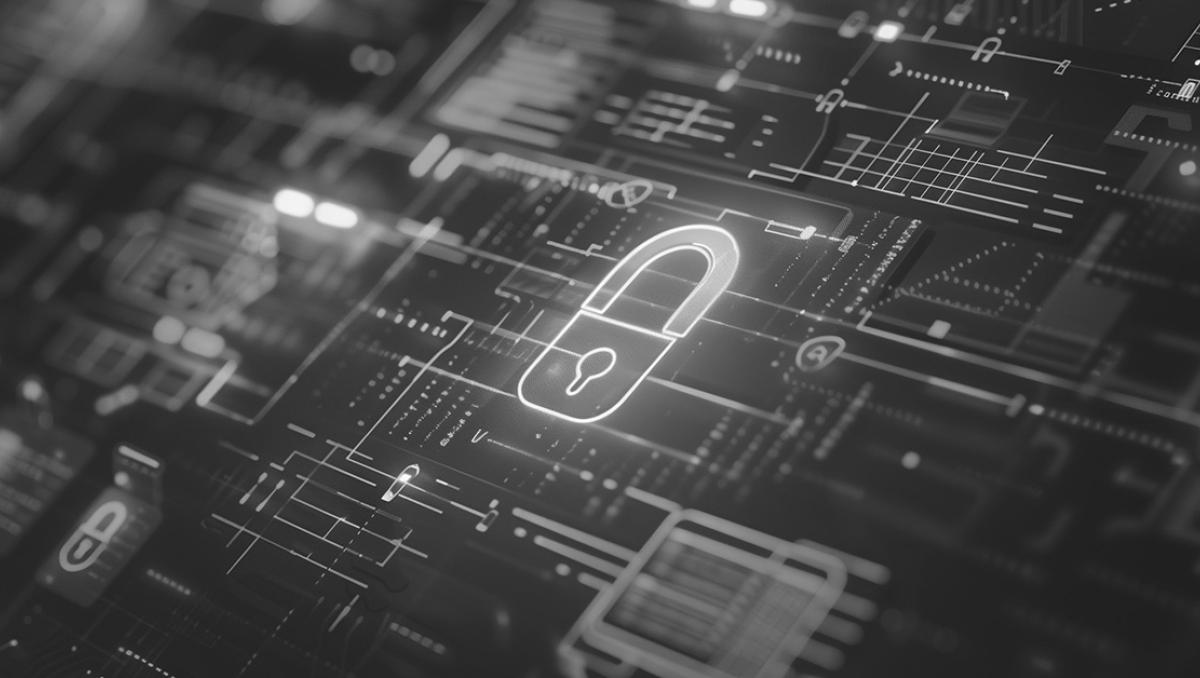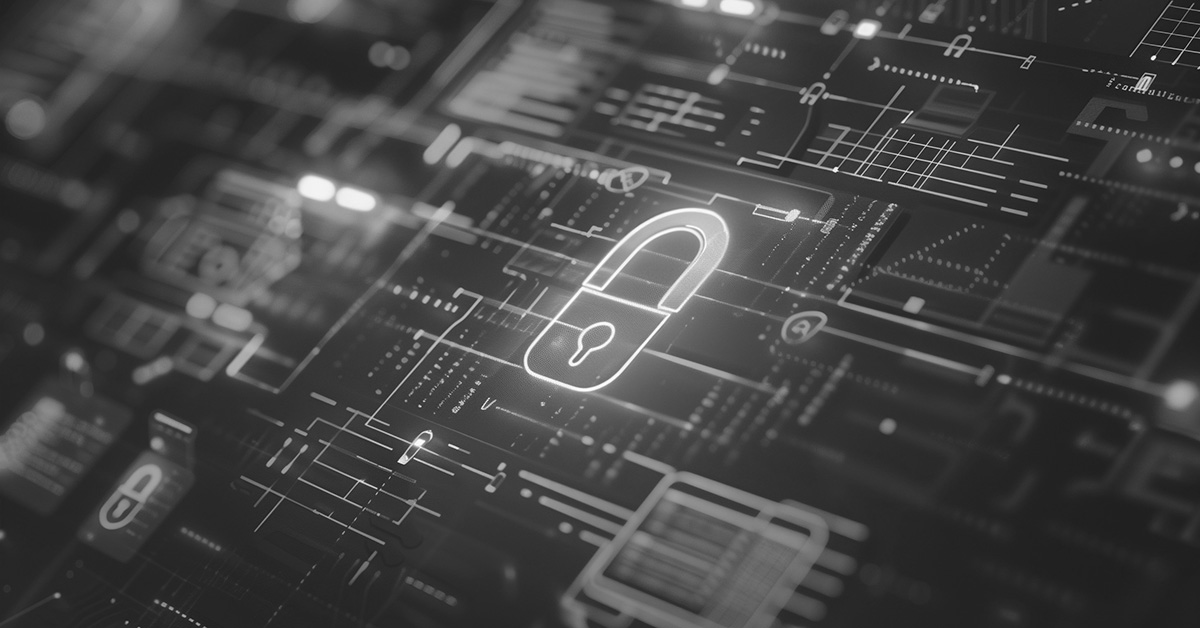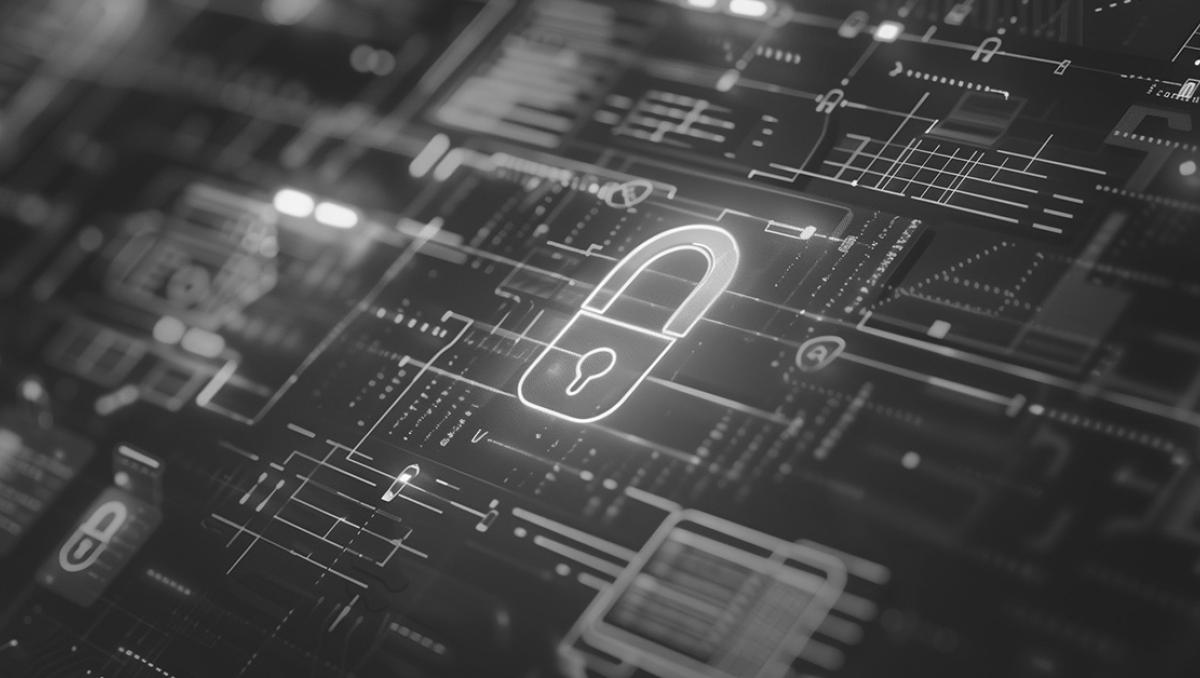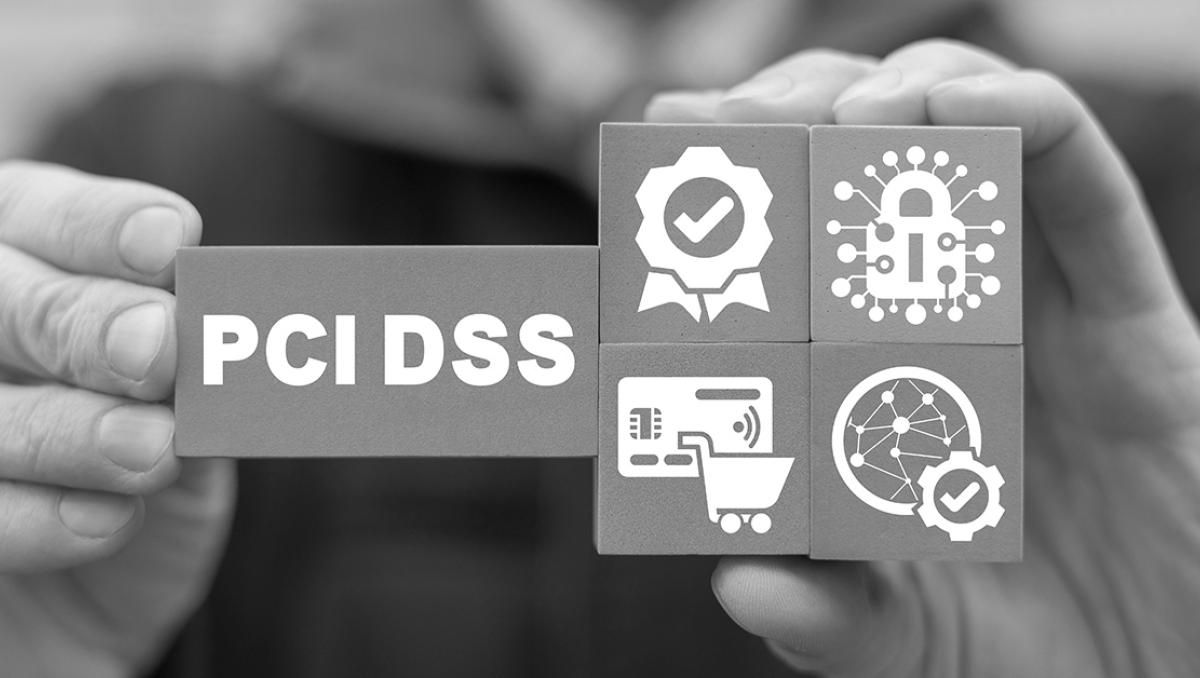
The cyber threat landscape continues to be an unpredictable challenge for organizations as more of them embrace digitization. When it comes to maintaining stability and security in the age of rampant cyber attacks and record levels of data breaches plaguing businesses sector-wide, the importance of cyber hygiene cannot be overstated.
Cyber threats are evolving and growing in sophistication with each passing day, meaning that organizations must not only maintain robust baseline levels of security in line with recommended frameworks but remain agile as they upscale and attempt to stay one step ahead of attackers.
An organization’s strategic cybersecurity direction is largely reliant on security leaders and decision-makers. Furthermore, one of the biggest assets in their quest to stay secure and resilient is to strengthen every employee with the right knowledge and tools to safeguard critical data and reduce threat exposure.
These leaders play a crucial role in fostering a culture of strong cyber hygiene throughout an organization and enhancing its overall security posture.
The Consequences of Poor Cyber Hygiene
Before delving into recommended prevention and improvement strategies, it’s vital to understand some of the repercussions if an organization fails to take cyber hygiene seriously.
- Financial losses: Cyber attacks such as ransomware can extort large sums directly from a business, while data breaches can see businesses subjected to long-term financial damage. The average cost of a ransomware cyber attack was recently reported to be $5.23 million.
- Reputational damage: Major security incidents where sensitive consumer or intellectual property data is leaked can cause a company’s share price to plummet, erode overall customer trust in the brand, and tarnish the business’s reputation. The Adobe cyber attack in 2013 – which saw the company fined over $1 million – damaged the brand’s reputation for years post-attack.
- Operational disruptions: Prolific and disruptive cyber incidents – however covert or sophisticated – can grind operations to a halt, affecting team productivity, causing bottlenecks in supply chains, and affecting the company’s profits.
- Regulatory penalties: Data protection regulations like GDPR and HIPAA mandate strict compliance from all companies, while others have sector-specific regulations. Failing to uphold proper cybersecurity can result in large fines and possible civil penalties.
- Increased vulnerability: Ultimately, insufficient cyber hygiene and ineffective security controls create far more entry points for malicious actors to exploit.
Given the risks of failing to uphold data integrity, it’s clear that cyber hygiene and awareness should be a high priority for every organization. How can leaders drive improvements in this critical area?
Leadership’s Role in Cyber Hygiene
Cybersecurity isn’t exclusively the remit of an organization’s in-house IT department or outsourced contractors. It’s a practice that requires commitment and involvement from every member of an organization, from top-level executives to frontline workers.
Leaders, however, have a greater responsibility to uphold collective, company-wide security processes. While new business owners may feel that cybersecurity leadership is outside of their purview, many scaling organizations are turning to executive coaching programs that specialize in cybersecurity training. These programs can help leaders – however technically-minded – develop the confidence, skills, and knowledge to foster cultural change and alignment across their companies.
Here is how leaders – regardless of their technical proficiency – can encourage greater cyber maturity among their workforce, however geographically dispersed it is.
- Lead by example: It’s prudent to demonstrate good cyber hygiene practices in your individual daily business activities.
- Allocate sufficient resources: Any cybersecurity initiatives should be adequately funded, staffed, and dispersed to the right people with appropriate privileges.
- Share tips and offer advice: Knowledge is power, so regularly communicate the importance of cyber hygiene to all employees. Encourage the sharing of ideas and insights to spread awareness.
- Stay informed: Stay updated on the latest cybersecurity trends and threats using open-source libraries and other helpful resources.
- Integrate security into business strategy: Prioritize making cybersecurity a key facet in all business decisions and processes.
Common Cyber Hygiene Mistakes and Pitfalls
Invariably, when it comes to cybersecurity, being proactive is better than being reactive. In this evolving space, however, lapses in judgment happen, and malicious actors can slip through the proverbial cracks.
For any organization to improve, it must identify where it has fallen short, identifying its weakest points of exploitation and the root causes of a cyber incident. Some of the most common pitfalls include:
- Unpatched systems, software, and devices. Over 80% of cyber attacks are preventable with proper software and patches.
- Weak password policies and repeated login credentials across multiple tools. Roughly two-thirds of Americans do this, while 30% of users have experienced a data breach due to a weak password.
- Gaps in employee skills and knowledge. 88% of data breaches are caused by human error.
Other weaknesses include:
- Insufficient access controls for relevant personnel.
- Inadequate data backup and system recovery processes.
- Poor network segmentation.
Addressing these areas allows organizational leaders to make strategic improvements across their estate, which can collectively enhance cyber resilience.
Best Leadership Practices for Improving Cyber Hygiene
Having taken the above common mistakes and pitfalls into account, it’s worth exploring some of the actionable ways that leaders can bolster their organizations’ cyber hygiene.
Establish Robust, Unique Password Policies
Enforce strong passwords for all network accounts, ensuring that passwords meet a minimum character length and meet specific criteria. Ensure that these passwords cannot be reused for multiple logins on the same network or infrastructure, and back these up with robust Multi-Factor Authentication (MFA). Use enterprise-grade password management solutions to make this process easier.
Deploy Comprehensive Patch Management Programs
All systems, devices, software, and applications should be updated with the newest patches to mitigate against known vulnerabilities and prevent them from being exploited. Critical security patches should be prioritized and installed when prompted, while other less-important ones can be entrusted to automation programs, meaning resources are less stretched.
Implement the Principle of Least Privilege
Grant new users the specific permissions they need for their roles. Enable account auditing and grant additional privileges as their seniority grows. Regularly review user permissions and implement a formal process for requesting and approving changes.
Develop and Test Incident Response Plans
Outline specific plans for a variety of cyber incident scenarios with clear processes and defined responsibilities for personnel. Conduct tabletop exercises and invest in Red Team engagements or penetration testing simulations to validate their effectiveness, refining and adjusting strategies accordingly.
Secure Remote Work Environments
Provide Virtual Private Network (VPN) access for remote workers to access critical systems and files when away from physical on-site servers. Ensure all company-owned devices are secured with reliable endpoint protection and can be remotely monitored without compromising worker privacy. Ensure that all home working setups and network configurations align with the organization’s cybersecurity policies.
Ensure Sufficient Backups Work Properly
Implement a strong backup strategy, utilizing both cloud-based and on-site backup solutions to ensure successful system restoration. Test these regularly to ensure they work as intended during a high-profile cyber incident while improving and refining strategies accordingly.
Monitor and Analyze Security Logs
Deploy a Security Information and Event Management (SIEM) system that can provide greater visibility into your overall security architecture. Review logs for suspicious activity, make a note of any false positives, and isolate specific incidents or repeat occurrences to identify patterns and trends. Develop the right processes for potential security incidents and align this with your incident response and disaster recovery plans.
Conduct Regular Security Awareness Training
Deploy comprehensive security training courses and programs that educate your team on current threats and best practices to keep themselves and the organization’s data secure. Enroll employees in long-term phishing simulation exercises and penetration testing to test their vigilance and responsiveness. Upskill employees with relevant skills and credentials as part of their continued professional development and empower others to take advantage of these company perks, even if their role doesn’t warrant it.
Cyber Hygiene Starts at the Top
It’s clear that strong cybersecurity maturity is imperative when protecting an organization’s infrastructure, networks, systems, and people. It is never a one-time exercise; it’s an ongoing process requiring commitment and involvement from everybody, especially those in a senior or executive position.
Implementing these practices as a decision-maker in an organization will strengthen an organization’s overall cyber posture and reinforce you as a leader from whom many can take influence and inspiration. It doesn’t warrant everybody to suddenly become experienced cybersecurity aficionados overnight – it’s about providing them with enough knowledge and resources to keep data secure and ensure long-term business success in an increasingly complex, evolving cyber threat landscape.


